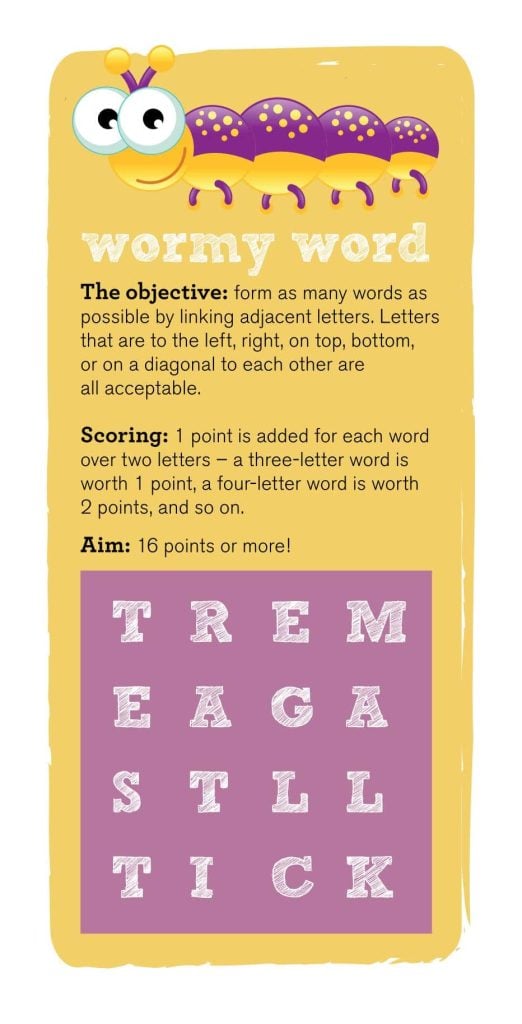
Is your child’s preschool or school a nut-free zone, and you’re not sure what all the fuss is about? Dietitian Angela Phillips explains why allergens in schools and preschools are such an important issue.
Picture this: Your child is sitting playing at preschool when their face starts swelling, they
have difficulty breathing, they feel weak, and then they collapse, unconscious. Scary, right? This is the fear some parents face on a daily basis when their child has anaphylactic reaction due to an allergy.
An allergic reaction is when the immune system reacts with something in the environment. One in three Kiwis deal with some type of allergy in their lifetime. With nut allergy being a common culprit, a high number of preschools and schools have a nut-free policy, and a number are also egg-free.
Sometimes people express concern at the hype around allergies, suggesting parents and schools are being overly cautious. However, rates of allergies are significantly growing, raising the question, “Why are there so many more children with allergies now?”
There are a few theories around this. It could be due to the changes in bacteria we have in our gut, a result of reduced vitamin D (which is the vitamin we mostly obtain through sunlight exposure), our increased hygiene practices, or it could be related to the timing of introducing solids. Most probably it is due to a combination of all these factors and other factors. Hopefully further research in this area
will provide us with answers offering prevention strategies.
While children who have a family history of allergies are at an increased risk of developing an allergy, anybody at any age can develop an allergy. With this significant rise in children being diagnosed with food allergies, it is impacting more on how we are able to eat socially as well. A typical situation arose recently on a camping holiday when my daughters befriended a child at the park who then came to play. I didn’t feel it was safe to just give out snacks without chatting to their parents first. Teachers face this issue when handing out the odd cupcake to their students. Any such treat could be an issue for a child with coeliac disease who can not consume gluten without it damaging their digestive tract.
When listening to talkback radio recently, I was amazed by the volume of people ringing in saying, “Why can’t children with a nut allergy just not eat the other children’s food? They should just eat from their own lunchbox!” Or, “Why can’t children with a nut allergy sit somewhere else at lunchtime?”
Those of you who know a child who has a severe nut allergy will know that those old enough to make their own decisions are very careful about what they eat, to the point of many being fearful. It is through no lack of effort by parents, teachers, or the child themselves that a reaction can occur. Unfortunately, as little exposure as having a nut touch the child’s skin can be enough for an anaphylactic reaction, so sharing toys with someone who has had nuts for lunch could cause the reaction, whether they put it in their mouth or not.
A high number of professionals are involved in the decision to introduce an allergy-based policy, and it is in them we trust. It’s becoming common for preschools and schools to be completely nut-free, regardless of whether there are any children allergic to nuts attending. Having personally made the switch recently from a kindergarten who allowed nuts to a nut-free school and making a slip-up myself one day early in the transition, I can see why this rule is in place. It’s very hard to chop and change our habits, so it is often easier and, more importantly, safer to have a blanket rule. It also avoids singling out a child with allergies who may start at a later date.
At the end of the day, children’s safely at preschool or school is always priority, whether this means gates to keep them off the road, or making a school nut-free. It’s all part of living in our great community!
By Angela Phillips







